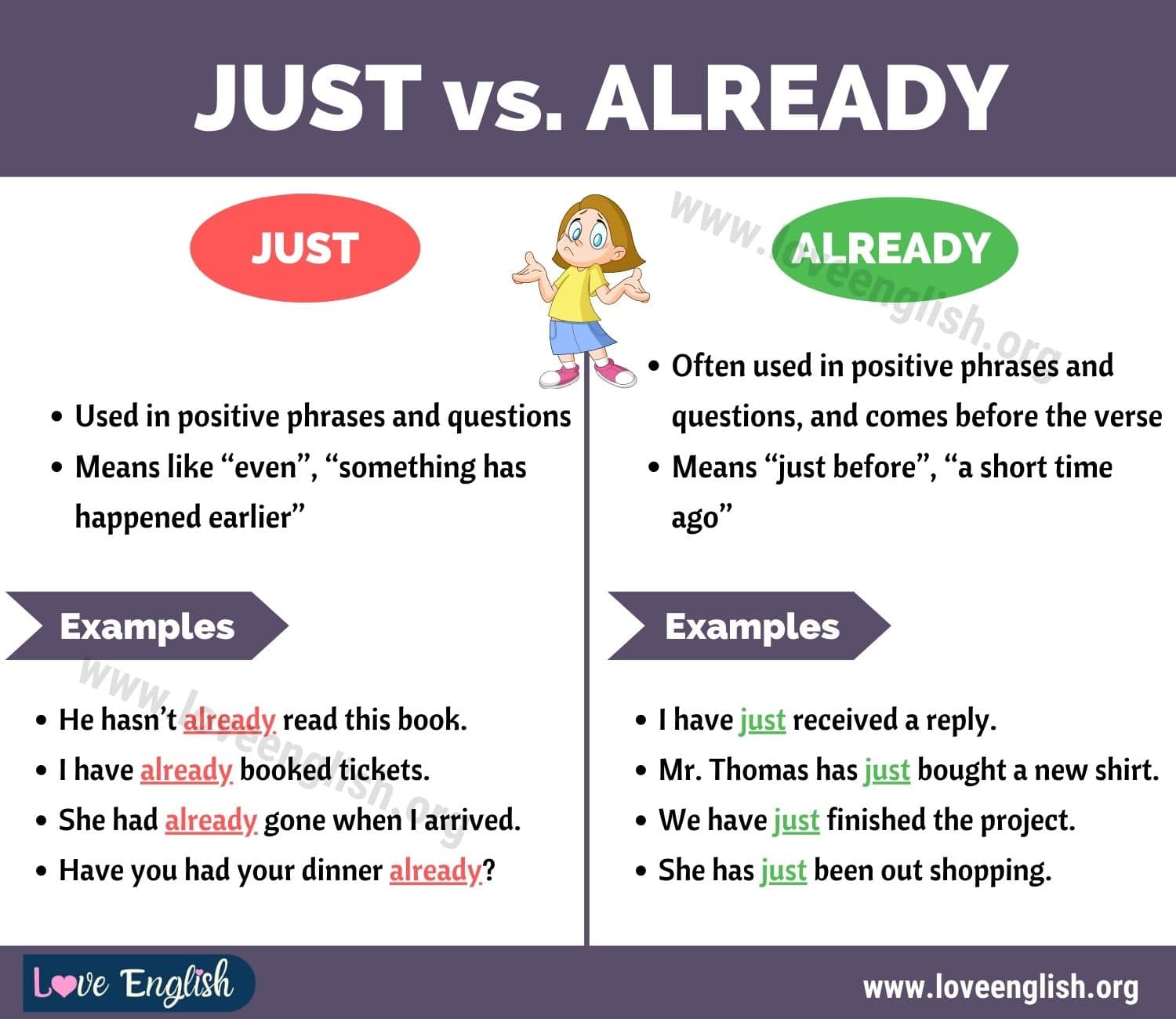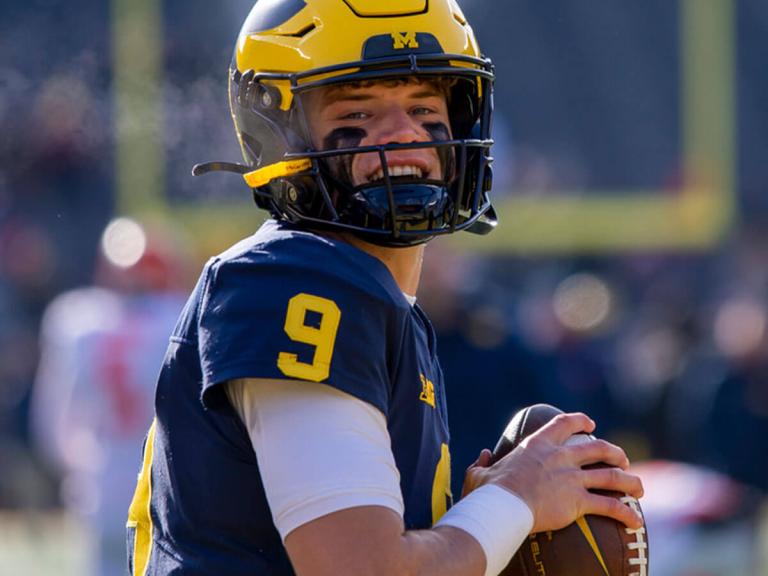JJ McCarthy’s Surgical History: Jj Mccarthy Surgery

JJ McCarthy, the talented quarterback for the Michigan Wolverines, has had a few surgical procedures throughout his athletic career. While these surgeries may have presented challenges, they have also shaped his journey and helped him become the player he is today.
Surgical Procedures and Their Impact
This section provides a detailed timeline of JJ McCarthy’s known surgical procedures, outlining the dates, types of surgeries, and associated medical conditions. Additionally, it examines the potential complications and recovery periods, as well as the impact of these surgeries on his athletic performance, both before and after the procedures.
- Shoulder Surgery (2019): JJ McCarthy underwent shoulder surgery in 2019, likely to address a common injury among athletes, such as a torn labrum or rotator cuff tear. This type of surgery is often performed to repair damaged ligaments and tendons, allowing for proper shoulder function and stability. It’s important to note that the exact details of his injury and the specific surgical procedure performed haven’t been publicly disclosed. However, it’s likely that he experienced some limitations in his throwing motion and overall athletic performance during his recovery. The rehabilitation process for shoulder surgery can take several months, and athletes often need to gradually increase their training intensity to regain their full strength and mobility.
- Knee Surgery (2021): JJ McCarthy underwent knee surgery in 2021, a procedure that could have addressed a variety of issues, including a torn ACL, meniscus tear, or cartilage damage. These injuries are common in athletes, especially those who engage in high-impact sports like football. Depending on the specific injury and the surgical procedure performed, the recovery process for knee surgery can be lengthy, often requiring months of physical therapy and rehabilitation. While the exact details of his injury and the specific surgical procedure performed haven’t been publicly disclosed, it’s likely that this surgery impacted his athletic performance during the recovery period.
It’s important to remember that these surgeries are just a part of JJ McCarthy’s athletic journey. His dedication, hard work, and resilience have allowed him to overcome these challenges and continue to excel on the field. While his surgical history may have posed some obstacles, it has also contributed to his development as an athlete, helping him learn to adapt and persevere.
Common Surgeries for Athletes Like JJ McCarthy

JJ McCarthy, as a quarterback, is constantly at risk for various injuries, making him susceptible to common surgeries that many athletes in similar positions experience. These procedures are often necessary to address injuries, repair damaged tissues, and help athletes return to peak performance.
Shoulder Surgeries
Shoulder injuries are prevalent in quarterbacks due to the repetitive throwing motion and the vulnerability of the shoulder joint during tackles.
- Rotator Cuff Tears: This injury involves damage to the tendons that surround the shoulder joint, causing pain, weakness, and instability. Rotator cuff repair surgery involves reattaching the torn tendons to the bone.
- Labral Tears: The labrum is a ring of cartilage that helps stabilize the shoulder joint. A labral tear can occur due to a direct impact or repetitive overhead movements. Labral repair surgery involves stitching the torn labrum back together.
- Shoulder Instability: Shoulder instability occurs when the shoulder joint dislocates or subluxes (partially dislocates). Surgery may be required to repair ligaments or tighten the joint capsule to improve stability.
Knee Surgeries
Knee injuries are another common concern for quarterbacks, often resulting from tackles or sudden changes in direction.
- ACL Tears: The ACL (anterior cruciate ligament) is a major ligament in the knee that helps control stability. An ACL tear can occur due to a twisting or hyperextension injury. ACL reconstruction surgery involves replacing the torn ligament with a graft taken from another part of the body.
- Meniscus Tears: The meniscus is a cartilage pad that cushions the knee joint. A meniscus tear can occur due to a sudden twisting or impact injury. Meniscus repair surgery involves stitching the torn meniscus back together. If the tear is too severe, a portion of the meniscus may be removed.
Hand and Wrist Surgeries
Hand and wrist injuries can affect a quarterback’s ability to grip the ball and throw accurately.
- Finger Fractures: These can occur from direct impacts or forceful throws. Surgery may be necessary to stabilize the fracture and allow for proper healing.
- Carpal Tunnel Syndrome: This condition involves compression of the median nerve in the wrist, causing numbness, tingling, and pain. Surgery may be required to relieve the pressure on the nerve.
Recovery Timelines and Risks
Recovery timelines for these surgeries can vary depending on the severity of the injury, the type of surgery performed, and the individual’s overall health. Generally, recovery from shoulder surgery can take 6-12 months, while knee surgery recovery can take 6-9 months. Hand and wrist surgeries typically have shorter recovery times, ranging from a few weeks to a few months.
It’s important to note that all surgeries carry risks, including infection, blood clots, and complications with anesthesia. It’s crucial for athletes to discuss the risks and benefits of surgery with their doctor before making a decision.
The Impact of Surgery on Athletic Performance

Surgery can be a game-changer for athletes, offering the potential to repair injuries and return to peak performance. However, it’s not a magic bullet, and the road to recovery can be long and challenging.
Benefits and Drawbacks of Surgery for Athletes
Surgery can be a highly effective way to address certain injuries that limit athletic performance. For example, a torn ACL, a common injury in football and basketball, often requires surgery to repair the ligament and restore stability to the knee joint. However, surgery also comes with potential drawbacks, including the risk of complications, prolonged recovery time, and the possibility of not fully regaining pre-injury performance levels.
Factors Influencing Recovery Time and Return to Full Athletic Performance, Jj mccarthy surgery
The recovery time after surgery varies depending on the type of surgery, the severity of the injury, and the individual’s overall health and fitness level. Some factors that can influence the recovery process and return to full athletic performance include:
- Type of surgery: More complex surgeries, like those involving multiple ligaments or tendons, generally require longer recovery times.
- Severity of the injury: A severe injury, such as a complete tear of the ACL, will require more extensive surgery and a longer rehabilitation process than a minor injury.
- Individual factors: Factors such as age, overall health, fitness level, and adherence to the rehabilitation program can significantly impact recovery time.
- Rehabilitation program: A well-structured rehabilitation program that includes strength training, flexibility exercises, and agility drills is crucial for a successful recovery and return to full athletic performance.
Hypothetical Rehabilitation Program for an Athlete Undergoing a Similar Surgery
Let’s imagine a hypothetical scenario where JJ McCarthy undergoes surgery to repair a torn ACL. A typical rehabilitation program might involve the following stages:
Stage 1: Early Rehabilitation (Weeks 1-4)
- Focus: Reducing pain and swelling, regaining range of motion, and protecting the healing tissue.
- Exercises: Gentle range of motion exercises, isometric exercises, and light cardiovascular activities, such as walking or cycling.
Stage 2: Intermediate Rehabilitation (Weeks 5-12)
- Focus: Strengthening the muscles around the knee, improving balance and coordination, and gradually increasing activity levels.
- Exercises: Resistance training exercises, plyometric exercises, and functional exercises that mimic movements used in sports.
Stage 3: Advanced Rehabilitation (Weeks 13-24)
- Focus: Returning to full athletic activity, improving speed, agility, and power.
- Exercises: Sports-specific drills, agility training, and gradually increasing the intensity and volume of training.
It’s important to note that this is just a hypothetical example, and the specific rehabilitation program for an athlete will be tailored to their individual needs and the type of surgery they undergo.
Jj mccarthy surgery – JJ McCarthy’s surgery has understandably dominated headlines, but it’s a reminder of the fragility of athletic careers. The Vikings’ QB situation, a legacy of leaders and the future of purple power , has always been a source of intrigue, showcasing the constant pressure to perform.
The success of a team hinges on the health of its quarterback, and McCarthy’s surgery serves as a sobering reminder of the importance of staying healthy in this demanding sport.
JJ McCarthy’s surgery was a significant event in the sports world, and while it’s not directly related to a “Gibbs injury,” the latter can be a serious concern for athletes. A Gibbs injury, often impacting the ankle, is a type of ligament tear, and understanding its cause and treatment is crucial, as detailed in this article on gibbs injury.
While McCarthy’s surgery wasn’t for a Gibbs injury, it’s a reminder that athlete health is paramount and understanding common injuries like this can help us better protect our sports stars.
